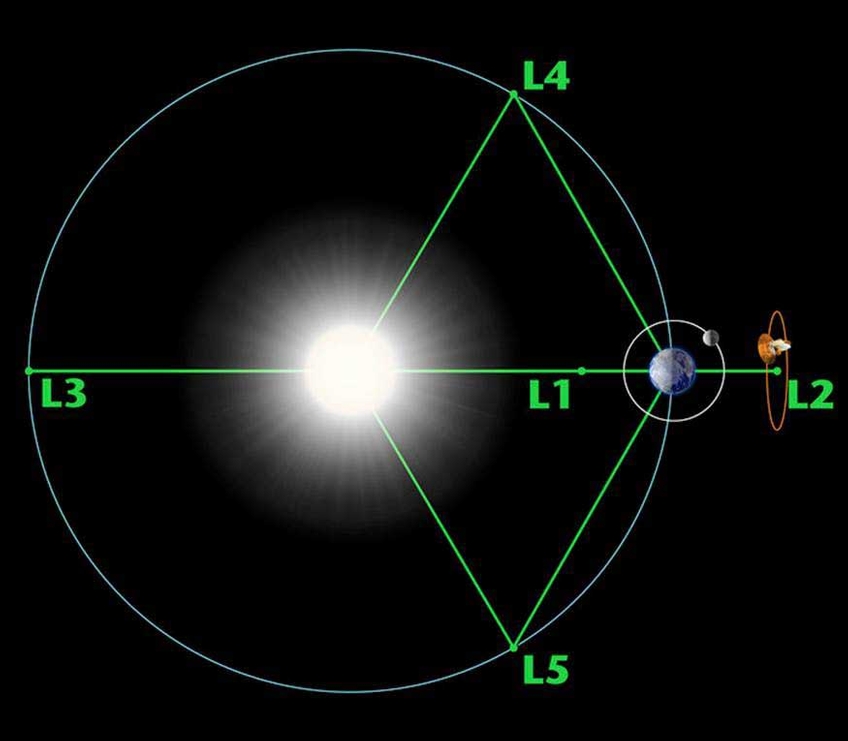Although they happen many miles away from Earth, extreme space weather events can emit a shower of tiny particles capable of damaging electronics and e-infrastructure – which are vital to industry across the world. One recent ESA study estimated the potential socio-economic impact in Europe from a single, extreme space weather event could be about €15 billion.
The UK team has been given the task of creating an instrument to sit on the ESA Spacecraft, which will image developing solar activity and to deliver early warnings of possibly harmful space weather activity.
The Science and Technology Facilities Council’s (STFC) RAL Space department has been awarded the ESA contract to lead an international consortium to study the remote-sensing instrumentation package needed for the mission.
Dr Jackie Davies, Consortium Lead for this study at STFC’s RAL Space said: “This mission is a fantastic opportunity to apply the extensive scientific and space instrument expertise and heritage here in STFC RAL Space to a growing societal problem. We have been advocates for such a space weather mission over many years, based on RAL Space’s leadership of the pioneering Heliospheric Imager instruments on NASA’s flagship STEREO mission. It is extremely satisfying to achieve this goal and we are now looking forward to the challenge of leading a multi-instrument, multi-national instrumentation development programme.”
Supporting the UK’s booming space sector is a core part of the government’s Industrial Strategy, which aims to bring together the UK’s world-class research base with business investment, ensuring we continue to develop the technologies and industries of the future.
Science Minister Sam Gyimah said: “This project has the potential for UK space and engineering expertise to help ensure vital communications, navigation and power networks are protected, and is a great example of what we can achieve through continued scientific collaboration with our European partners. As set out in the Industrial Strategy, the UK’s space sector is going from strength to strength, boosting the economy, employing around 40,000 people and developing innovative services with a global impact.”
Space weather is the disturbance to Earth’s magnetic field and atmosphere caused by enhanced solar activity. Besides emitting a continuous stream of magnetised plasma – known as solar wind – the Sun occasionally expels billions of tonnes of matter, threaded with magnetic fields, which expand outwards through space in colossal-scale coronal mass ejections (CMEs).
These immense clouds of matter usually miss Earth, but if a CME passes over our planet it can potentially cause a wide range of adverse effects, including impacts on satellites in orbit, navigation systems, terrestrial power grids and data and communication networks.

Providing accurate advanced warnings of the arrival of such events is becoming increasingly critical, as improved warning times for major events would allow power grid operators to take measures to protect their networks.
Professor Mike Hapgood, RAL Space scientist and Chair of the UK Space Environment Impacts Expert Group which advises the UK Government on space weather, said: “I am delighted that the UK is leading several key roles in ESA’s plan for a spacecraft at L5. This reflects the UK’s leadership in space weather science and engineering activities. This mission will help us take more effective action ahead of solar storms that could otherwise cause economic disruption costing billions of pounds, through adverse effects on many vital technologies such as power grids and satellite navigation.”
Diagram of the Lagrange points associated with the Sun-Earth system.
Credit: NASA/ WMAP Science Team
ESA also awarded contracts for related instrumentation studies to University College London Consultants for the
UCL Mullard Space Science Laboratory and study contracts for the spacecraft platform to Airbus UK and OHB System, Germany. Results of the studies are expected in about 18 months.
ESA Director General Jan Wörner said: "We are relying on European industry to provide the expertise and new infrastructure needed to implement ESA's Space Situational Awareness Programme.
"Study contracts for a future space weather mission are a crucial step in moving forward with a set of full services to protect critical civil and economic activities."
For more information please contact, RAL Space Enquiries
